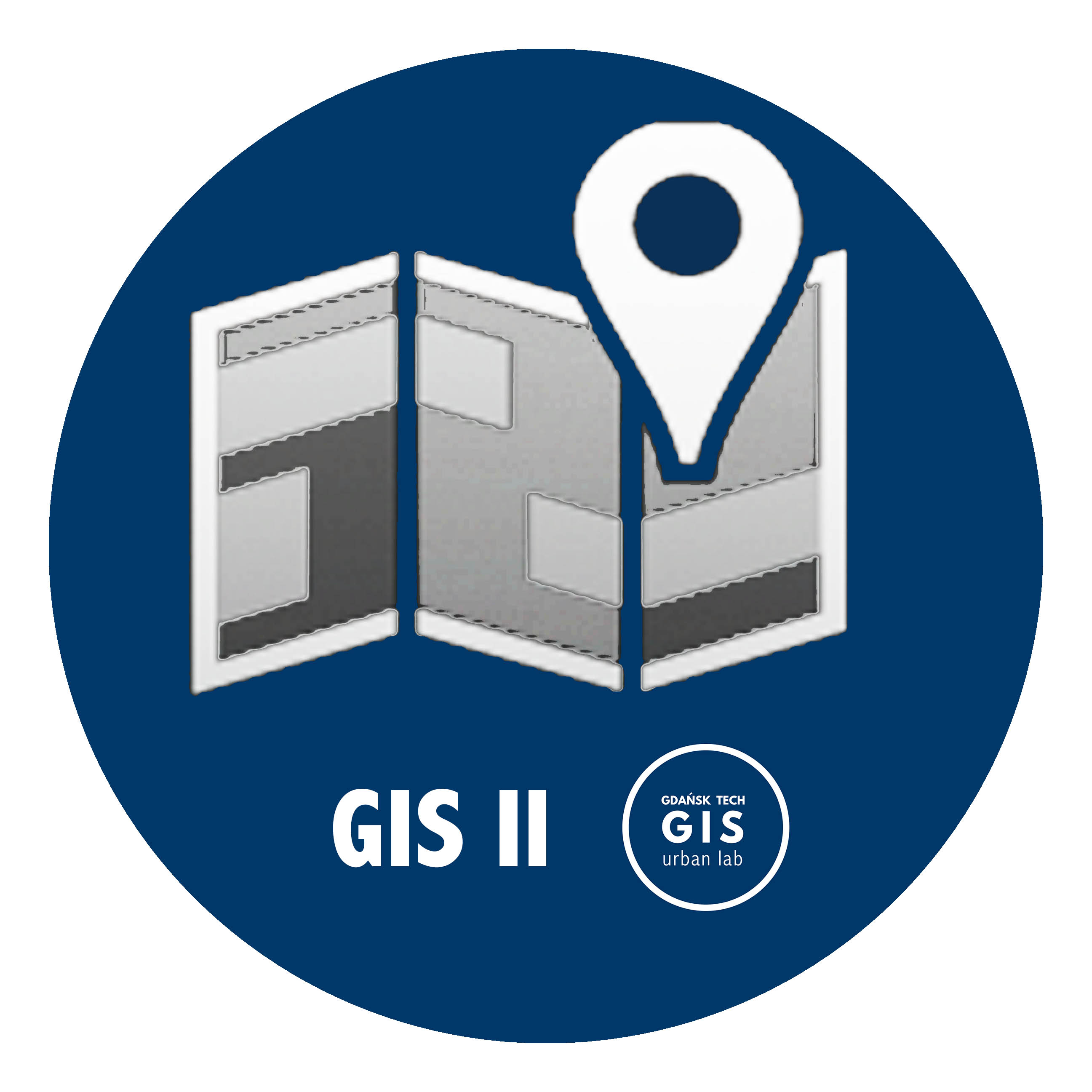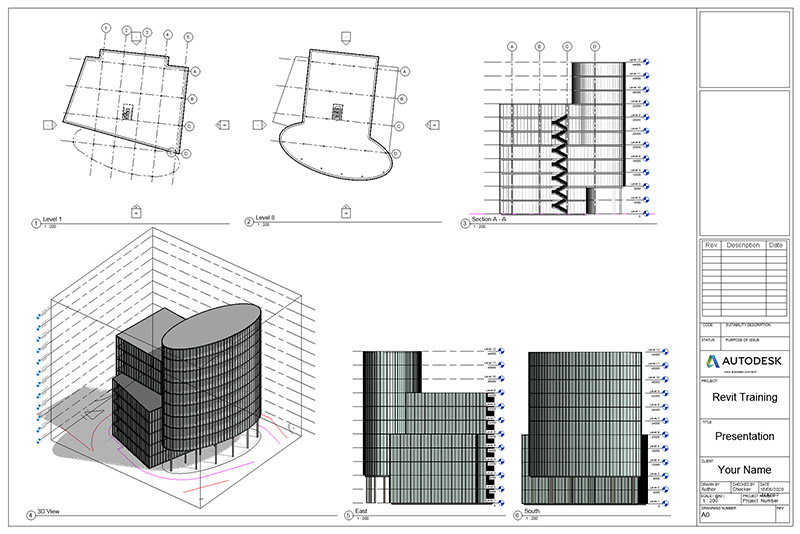Zaoferowany kurs wprowadza studentów w różne koncepcje i typologie rozwiązań opartych na naturze (NbS) w planowaniu urbanistycznym, ze szczególnym uwzględnieniem ich roli we wzmacnianiu odporności klimatycznej miast i jakości przestrzeni. Wykorzystując Gdańsk jako żywe laboratorium, studenci będą badać globalne i lokalne przykłady NbS, nauczą się je wykrywać za pomocą zbiorów danych przestrzennych, takich jak NDVI, modele wysokości koron drzew i zdjęcia Google Street View, a także przeprowadzą audyty terenowe lub biurowe. Pracując w grupach, studenci będą mapować istniejące rozwiązania oparte na naturze w przydzielonych dzielnicach, identyfikować niewykorzystane przestrzenie z potencjałem zazielenienia oraz opracowywać propozycje projektowe uwzględniające zasady NbS. Kurs łączy teorię, analizę GIS, obserwację terenu i projektowanie, łącząc priorytety polityki miejskiej z kreatywnymi rozwiązaniami studentów.
Kurs ma na celu wyposażenie studentów architektury i urbanistyki w wiedzę i praktyczne umiejętności niezbędne do identyfikacji, oceny i projektowania rozwiązań opartych na naturze w kontekście miejskim. Dzięki połączeniu analizy danych przestrzennych, weryfikacji terenowej i myślenia projektowego studenci dowiedzą się, jak połączyć cele polityki z kreatywnymi interwencjami dostosowanymi do konkretnych lokalizacji, które zwiększają odporność ekologiczną, dobrobyt społeczny i zdolność adaptacji klimatycznej w Gdańsku.
- Teacher: Anahita Azadgar
- Teacher: Lucyna Nyka

Cele tego kursu są następujące:
Zapoznanie studentów z rolą i znaczeniem światła dziennego w kształtowaniu przestrzeni budynków i wnętrz oraz wprowadzenie do podstaw symulacji światła dziennego w kontekście złożonych decyzji projektowych, a także procesów projektowania zintegrowanego zgodnych z wytycznymi LEED i BREEAM.
Proponowane zadania 1 i 2:
-
Analiza światła dziennego w środowisku domowym – zarówno na zewnątrz, jak i we wnętrzu (z uwzględnieniem dostępności światła słonecznego, współczynnika światła dziennego oraz poziomów iluminacji).
-
Przygotowanie analizy światła dziennego dla budynku modelowego.
- Teacher: NATALIA Sokół

The objectives of this course are:
To familiarize students with the role and importance of daylight in shaping building spaces and interiors. To learn about the basics of daylight simulations in the context of complex design decisions and for LEED and BREEAM, integrated design purposes.
Proposed assignments 1 & 2:
1. Daylight analysis exterior, the interior of the iconic building (sunlight provision, daylight factor, and illuminance)
2. Preparing daylight analysis (Velux competition for the selected project /building).

Kontynuacja przedmiotu GIS I dla studentów gospodarki przestrzennej na sem V.
- Teacher: WERONIKA Mazurkiewicz
- Teacher: JUSTYNA WIECZERZAK
- Teacher: Anna Golędzinowska
- Teacher: Dorota Kamrowska-Załuska
- Teacher: ANNA Rubczak

Installations for architects is a set of meetings aimed to broaden students understanding of technical aspects of architecture.

Installations for architects is a set of meetings aimed to broaden students understanding of technical aspects of architecture.

Installations for architects is a set of meetings aimed to broaden students understanding of technical aspects of architecture.

Installations for architects is a set of meetings aimed to broaden students understanding of technical aspects of architecture.

Installations for architects is a set of meetings aimed to broaden students understanding of technical aspects of architecture.

The programme will provide students with a solid grounding in BIM (Building Information Modelling) using Autodesk's Revit Architecture. Students will review the advanced features of Revit for Architecture, a tool to support BIM (Building Information Modelling) and delivery of 3D digital models and related documentation. The lesson plans will specifically introduce students to common workflows and problem-solving skills while creating a full 3D model and associated construction documents.
Rozwój cywilizacyjny, ale też zmieniające się potrzeby użytkowników wymuszają na projektantach tworzenie przestrzeni przyjaznej wszystkim, w tym osób ze szczególnymi potrzebami. Jest to zakres projektowania uniwersalnego. Na zajęciach zajmiemy się tworzenie tzw. przestrzeni adaptabilnej, tj. przestrzeni przygotowanej do zmian. Pod pojęciem adaptabilność kryje się trend projektowania, który uwzględnia możliwość dostosowania przestrzeni zamieszkania do zmieniających się w czasie potrzeb użytkowników. W rozważaniu są prawa człowieka i jego prawo do tzw. „starzenia się w miejscu” lub prawo wyboru miejsca zamieszkania np w obiektach hotelarskich. Odpowiedzialnością projektanta jest ograniczenie wykluczenia społecznego z uwagi na miejsce zamieszkania np. osób mieszkających w budynkach mieszkalnych bez windy. Adaptabilność powoli wkracza w przepisy prawa budowlanego, gdzie rozważa się wprowadzenie tzw. współczynnika adaptabilności i obowiązku przedstawienia w dokumentacji projektowej - projektu alternatywnego.
Projekt studialny przeddyplomowy jest dedykowany studentom sem. 2 na II stopniu studiów jako przedmiot stanowiący wstęp analityczny do projektu dyplomowego magisterskiego na sem. 3.
- Teacher: Dorota Wojtowicz-Jankowska
